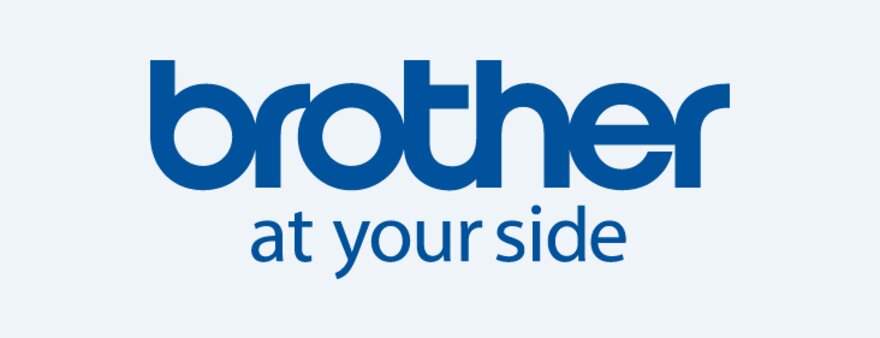Robust processes are needed to display allergens with Natasha's Law. Experts at The Caterer's Allergens Summit look at how far operators have come
This month marks the two-year anniversary of Natasha's Law coming into force. For the past 24 months operators producing pre-packaged food for direct sale (PPDS) have been legally required to clearly label food with potential allergen information in a way that can be understood by customers at a glance.
To say the law, also known as the Food Information (Amendment) (England) Regulations 2019, has represented a huge overhaul in how businesses operate is an understatement. And there could be further changes on the horizon, such as the campaign for Owen's Law, which would require allergens to be listed on menus, too.
"Yes, of course it's been challenging and we've had to switch our focus to specific things," said Emeline Gibert, executive development chef at Sodexo Live. "But innovation and safety goes hand in hand.
"I think in the future, even if we're going to have more allergen [labelling requirements], it's going to be about making sure you've got a robust process. It's always keeping on top of your game and making sure whatever we do it's safe." Chefs have always had to take into account serious allergies, she added: "When you work in a kitchen you have to be clean, there is a process, and that's not going to go anywhere – we just need to adapt."
However, Simon Brennan, senior end user client manager at technology company Brother UK, pointed out that a number of operators are still struggling with some aspects of the labelling itself. As companies initially rushed to get the technology to accommodate the changes needed, many had to cobble together solutions.
He cited research from a recent PPDS Erudus report, which found 25% of product labelling didn't contain a product name, while 30% of that sample also had no allergy declaration. "There's certainly a lot of work to be done in the hospitality sector around getting this food labelling correct so we can give the customer the correct information," he said.
Simon Clapperton, sales director at technology company TPP Retail, agreed: "It hit people quite quickly even though they had a bit of a runway into it. A lot of the solutions people implemented two years ago were either manual solutions or bulk-printed solutions. Or, as Simon suggested, muddling together legacy software and hardware.
"It's as much about those people reinvesting and looking at what is good today. But also, the world moves on and a number of our customers didn't exist two years ago, so it's all well and good for those brands that were here and thinking about this, but as in every industry, new players are popping up."
He said there's also been a change in the marketplace since it was first introduced. "Now we're moving towards people choosing individual ingredients when they order, and how do we label it if we don't know what's going into food until the customer tells you? I think the challenge is as new as it was two years ago – it's just presenting itself in different ways."
Keeping on top of changes and training
As the saying goes, the only constant is change, and that's something Lizzie Hennig, head of nutrition UK at BaxterStorey, has witnessed first-hand in her role. In 2021 she was tasked with onboarding 800 sites with the new regulations, but her work has not stopped there.
"It's something we always have to keep on top of, and it is a challenge but a fun one," she said. "What we focus on is training, as errors will always be down to human error. We have regular training when people are on-boarded and that is regularly updated. We also have allergen champions and a process of ‘check the checker' – it's never down to one person."
Digital signage is also used to complement conversations at its B&I sites. "We have signs where people might be queuing or at the point of sale encouraging customers to chat to our staff. Obviously the labels are there on our packages, but we still encourage people with allergens to chat to us."
She believes they are already in a position to be compliant if other requirements come in, such as Owen's Law. "For me, it's the same process as Natasha's Law in that it's displaying that allergen matrix on menus. Obviously it's not legislative yet, but we are keeping on track of what might be coming and the processes are there. If we need to display on the menu, we've got the information back of house."
Brennan agreed that taking human error out of the equation is key, not least because the current list of 14 core allergens could expand in the future, which would make it even more difficult to stay on top of manually. "Looking at digital labelling solutions [means] everything is online and available in a portal and everything can be managed from a higher level, rather than relying on some of the staff to make those decisions themselves."
Sodexo's Gibert echoed the point about conversations being a really important part of the process, although it might not always be possible to go through a whole list with every customer – particularly when there's a queue. "We've got enough signage to encourage people to talk to us," she says.
The approach of encouraging an ongoing dialogue extends to staff, too, she said, such as employees who may not speak English as a first language. "Sometimes I read a health and safety document and I have to use Google Translate. It's about having an open conversation and not being shy about [not understanding something]. So, we really try to empower our team to talk."
When it comes to language barriers, Clapperton pointed out that it's also possible to have QR codes on labels that people can scan to translate information. "Technology is getting easier and it's in the user's hands."
It is estimated that there are more than two million allergy sufferers in the UK, according to the Natasha Allergy Research Foundation, with actual numbers potentially even higher, so ensuring food safety is something operators take very seriously in a way that goes beyond simply complying to current legislation.
Within that context, getting chefs on board hasn't been a problem, said Gibert. "In the kitchen you have to be clean [and avoid] cross-contamination. No one has made a big deal of it, they've been on board and respecting the rules." "It's about people having an understanding of their duty. It could be fatal."
Sponsored by: Brother
There are two million allergy sufferers living in the UK today, and ensuring products are clearly labelled is vital for businesses in building a loyal and trusting customer base.
If you're considering incorporating technology to make the task of compliant labelling easier, a single-site solution that uses free software and a label printer can be very beneficial.
Brother has delivered tailored solutions for the food service and hospitality sectors for many years. Our label printers make it easy to create labels for allergen content, ingredients, barcodes, branding, pricing and expiry dates quickly and accurately.













